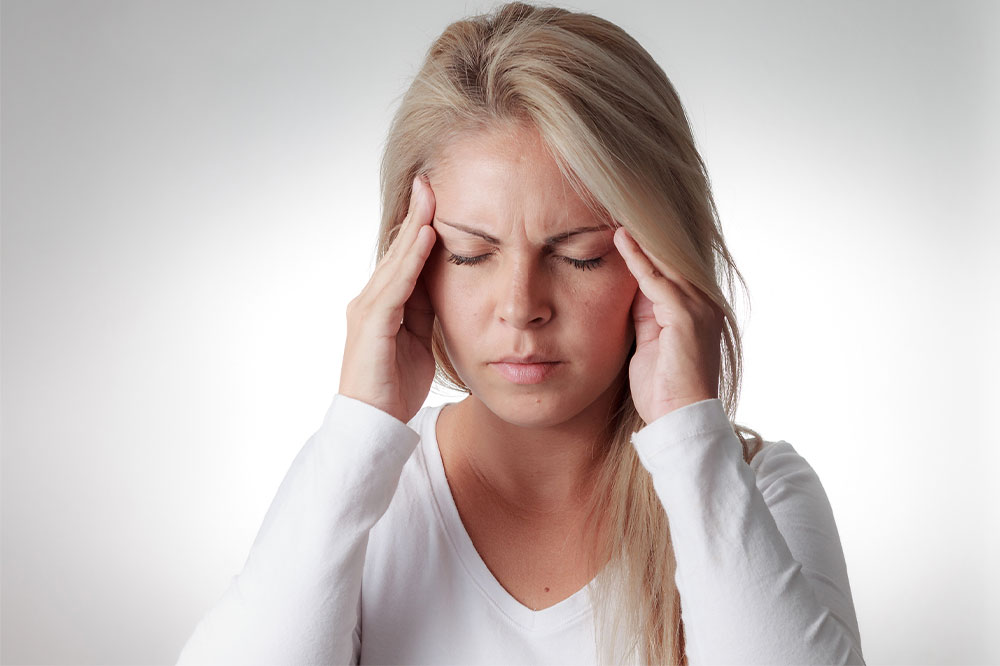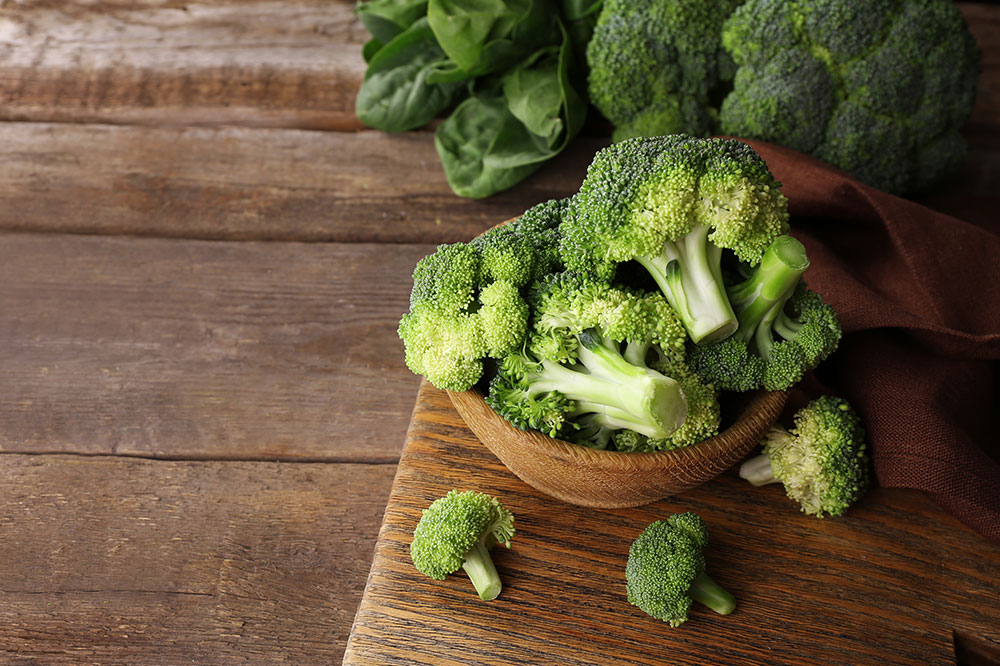Effective Home Remedies and Strategies to Relieve Head Pain Naturally
This comprehensive guide offers over 1500 words on natural home remedies and lifestyle changes to alleviate head pain. It covers hydration, yoga, heat and cold therapy, exercise, massage, diet, sleep hygiene, and essential oils, providing practical tips to prevent and manage headaches effectively. Suitable for those seeking non-medical solutions, this article emphasizes the importance of holistic approaches for lasting relief and overall well-being.

Effective Home Remedies and Strategies to Relieve Head Pain Naturally
Headaches are a common ailment that can vary from mild discomfort to debilitating pain, impacting daily activities and overall well-being. They can be caused by numerous factors, including sinus congestion, migraines, psychological stress, muscle tension, poor posture, dehydration, and hormonal fluctuations. While severe or chronic headaches should be evaluated by healthcare professionals, many instances can be effectively managed at home using natural remedies and lifestyle adjustments. Understanding and implementing these strategies can help ease head pain, prevent future episodes, and improve quality of life.
Prioritize Hydration to Prevent and Ease Headaches
One of the simplest yet most overlooked causes of headaches is dehydration. When the body lacks adequate fluids, blood volume decreases, leading to lower oxygen and nutrient flow to the brain, which can trigger headache pain. Drinking water regularly throughout the day is crucial for maintaining hydration and preventing dehydration-induced headaches. If you already experience a headache, prompt hydration can significantly reduce its severity within a few hours. It’s recommended to consume at least 8 glasses of water daily, adjusting upward based on activity level, weather conditions, and individual health needs. Herbal teas and electrolyte-balanced drinks can also aid in hydration, especially after physical exertion or in hot weather.
Research supports the vital role of consistent hydration in preventing and alleviating headaches. Maintaining fluid intake even when not experiencing symptoms can serve as a preventive measure to reduce the likelihood of future headaches. Hydration is fundamental not only when headaches occur but as part of everyday health routines to sustain overall well-being and mental clarity.
Integrate Yoga and Gentle Stretching for Headache Relief
Yoga offers numerous benefits for headache sufferers by targeting muscle tension, improving posture, and calming the nervous system. Specific yoga postures, breathing exercises, and gentle stretches can relieve tension in the neck, shoulders, and back—common sites of headache triggers. For instance, poses like Child’s Pose, Cat-Cow, and forward bends stretch neck and shoulder muscles, reducing strain and promoting relaxation. Deep breathing exercises also help lower stress levels that often exacerbate headaches. If you're new to yoga, consider joining beginner classes or following online tutorials tailored for headache relief. Regular practice can enhance flexibility, improve blood circulation, and contribute to a calmer mind, all of which help diminish headache frequency and intensity.
Use Heat Therapy to Relax Tense Muscles and Sinus Pressure
Applying warmth to affected areas is an effective home remedy for headache relief, especially for tension and sinus headaches. Using a hot pack, warm towel, or heating pad on the neck, shoulders, or forehead helps relax tight muscles and improve blood flow. For sinus-related headaches, placing warmth on the cheeks or around the nose can alleviate sinus pressure and congestion. Warm showers can also serve as a soothing alternative, hydrating the skin while providing overall relaxation. Always ensure the temperature is comfortable to avoid burns or discomfort. Incorporating heat therapy into your routine, especially during stressful days or when experiencing muscular tension, can significantly reduce headache severity and duration.
Cold Compresses for Rapid Migraine Relief
Cold therapy is particularly effective for migraine sufferers. Applying a cold compress or ice pack to the forehead, temples, or back of the neck constricts blood vessels, reduces inflammation, and numbs nerve endings, thereby alleviating pain. To use a cold compress safely, wrap ice in a thin towel or use a gel-based cold pack and apply it for 15-20 minutes at a time, with intervals to prevent skin damage. Cold therapy provides quick and effective relief during severe migraine episodes, especially when combined with other measures like hydration and rest. Keep in mind that for some individuals, cold-based remedies are preferable for certain headache types, while heat might work better for others.
Maintain Regular Exercise to Reduce Headache Incidence
Engaging in consistent moderate physical activity is a crucial natural strategy to prevent and decrease the frequency of headaches. Exercise increases blood circulation, releases endorphins (the body's natural painkillers), and reduces stress levels—all factors that contribute to headache relief. Activities such as brisk walking, cycling, swimming, or jogging at least three times a week can keep headaches at bay. It’s important to start gradually, especially if you are new to exercise, and to stay hydrated afterward to support recovery. Regular physical activity also promotes better sleep and reduces muscle tension, both of which are vital for headache prevention. Developing a sustainable exercise routine not only alleviates existing head pain but also enhances overall physical and mental health.
Massage Therapy for Muscular Relief
Gentle massage techniques focus on areas prone to tension accumulation, such as the temples, neck, shoulders, and upper back, providing effective relief from headache discomfort. Massaging these regions helps release muscle tightness, improve blood flow, and reduce stress-induced tension. For best results, consider professional massage therapy, but self-massage techniques can also be beneficial. Use your fingertips or massage tools to apply gentle circular pressure on key headache points. Incorporating regular massage sessions into your routine, especially during stressful periods, can decrease the frequency and severity of headaches, promoting relaxation and mental clarity.
Dietary Adjustments: Magnesium and Omega-3 Fatty Acids
Nutrition plays a vital role in managing headaches. Low magnesium levels have been linked to increased migraine frequency; hence, incorporating magnesium-rich foods can be beneficial. Foods such as leafy greens (spinach, kale), nuts (almonds, walnuts), seeds (pumpkin, sunflower), and fish (salmon, mackerel) help maintain optimal magnesium levels, potentially reducing migraine episodes. However, always consult with a healthcare provider before starting supplements to avoid adverse effects. Furthermore, omega-3 fatty acids exhibit anti-inflammatory properties that can lessen migraine severity. Incorporate fatty fish like salmon, sardines, and tuna into your diet at least twice weekly. Vegetarians can opt for flaxseeds, chia seeds, walnuts, and algae-based supplements to meet omega-3 needs. A balanced diet rich in these nutrients not only supports headache management but also contributes to overall health.
Sleep Hygiene and Lifestyle Changes
Proper sleep is essential for preventing headaches. Both insufficient and excessive sleep can trigger head pain episodes. Aim for 7 to 9 hours of quality sleep per night, establishing a consistent sleep schedule. Creating a calming bedtime routine, such as reading, listening to soothing music, or practicing relaxation techniques, can enhance sleep quality. Avoid screens at least an hour before bedtime to reduce blue light exposure that interferes with melatonin production. Making your sleep environment comfortable—dark, quiet, and cool—also promotes restful sleep. Good sleep hygiene combined with stress management, regular physical activity, and nutritious eating can significantly reduce headache episodes and improve overall health.
The Role of Essential Oils in Headache Relief
Essential oils such as peppermint and lavender are natural remedies that can soothe headache symptoms. Peppermint oil applied topically to the temples can relax tense muscles and provide a cooling sensation that eases tension headaches. Lavender oil, when inhaled or diffused, has calming effects that can reduce migraine intensity by alleviating stress and promoting relaxation. When using essential oils, always dilute them with a carrier oil to prevent skin irritation. Conduct a patch test before widespread application, and only use high-quality, pure oils for best results. Incorporating aromatherapy into your routine, whether through massage or diffusing, can serve as a gentle, effective complement to other headache management strategies.





